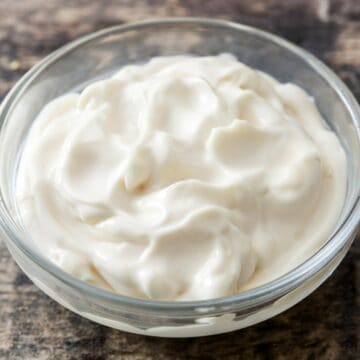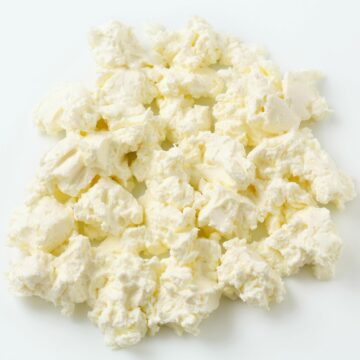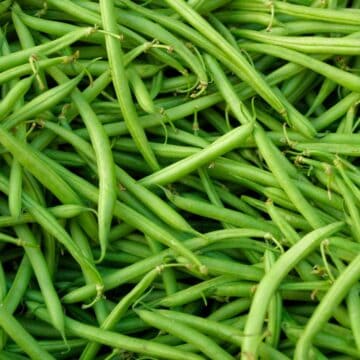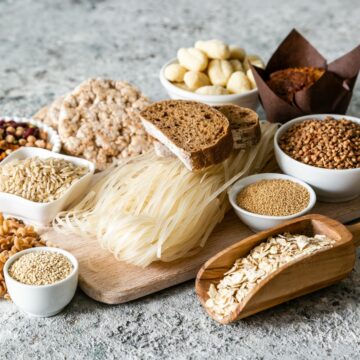Whether you're committed to living healthier or looking for gluten-free recipes, trying the keto diet can help you reach your fitness goals. This low-carb, moderate-protein, high-fat diet helps you manage your weight and blood pressure. It may also be effective in reducing your appetite.
However, it's not enough to pick the right foods; following the keto diet also means understanding the three essential macronutrients. It's also the best time to ask questions like "Is sour cream keto?"
Our previous blog post enumerated seven helpful keto diet tips for newbies. This article will answer some of your commonly asked questions about macronutrients and how to avoid the dreaded keto flu. We'll also discuss the common types of keto diets.
Why Should You Limit Your Daily Carbohydrate Intake?
Limiting your daily carbohydrate intake to 20 to 30 grams can help you enter ketosis, where your body uses stored fat for energy. It may take a few days to enter this state and weeks for your body to adapt to this new way of fueling itself. However, consuming less than the maximum amount of net carbs is also okay.
How Much Protein Should You Take?
Keto is a moderate protein diet, and consuming too little or much protein can negatively affect your muscle mass and kick you out of ketosis. You can ensure the effectiveness of this diet by finding a balance that best suits your needs.
Why Should I Control My Fat Intake?
After meeting your carb and protein goals, the rest of your calories come from fat, which keeps you full and provides energy. Adjust your intake based on goals, but don’t go too low because it’s your primary energy source on a keto diet. Remember that keto is a high-fat diet compared to other eating methods.
How Much Fiber Do I Need?
While the recommended amount of fiber varies, you can start with 15 to 20 grams daily and gradually increase it based on your situation. You should also get fiber from whole foods before considering supplements.
How Will I Know If My Macronutrient Intake Is Right?
Check your progress with measurements and pictures because sometimes progress may not immediately show on the scale. If you don’t see any improvement, ensure you stay in ketosis and adjust your fat intake if necessary.
How to Avoid the Keto Flu
Some people may experience the keto flu and encounter symptoms like tiredness, headaches, and nausea when trying a keto diet. Fortunately, these signs are avoidable and temporary. You can prevent this by consuming sufficient electrolytes, using enough salt in your meals, and gradually transitioning into the diet. You can also make the lifestyle more enjoyable by staying hydrated and cooking simple keto recipes.
While it may be tempting to eliminate sugar from your diet, using keto-friendly sweeteners like monk fruit and allulose can be helpful. You can also simplify the process by seeking moral support and receiving encouragement from others. Moreover, organizing your meals and following a specifically designed meal plan for beginners can help you save time and offer various food options.
What Are the Four Types of Keto Diets?
People do low-carb differently. Strict keto involves tracking calories and macros and eating whole foods with low-carb vegetables. In contrast, lazy keto means monitoring only net carbs or eating keto foods without tracking and might be clean or not. On the other hand, dirty keto allows anything as long as it fits macros, while low carb is more lenient on carbs but still focuses on keto-friendly foods.
Final Remarks
Trying different keto diets can help you reach your fitness goals, but it can only be effective if you get enough macronutrients. You can ensure a successful lifestyle by educating yourself about the essential macronutrients, avoiding the keto flu, and finding the low-carb diet that works best for you.
If you have questions like “Is sour cream keto?” visit Keto Diet Yum! We have essential tips with everything you should know about keto and delicious meal plans and recipes. Read more of our guides now!




